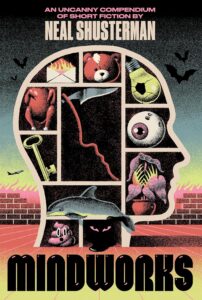This tender depiction of love and how it can help transcend the barriers of language is a wonderful slow-burn romance that feels almost autobiographical — even if some of the slow burn means that the romance itself doesn’t feel so much felt as described.
 But that’s almost to be expected in a book centered on words and language barriers. James Albon does a phenomenal job of describing, as perhaps only a graphic novelist can, the rivers of words that swirl around lonely, awkward expatriates trying to make connections in foreign countries. His main characters, Sarah and Ping, feel somewhat like islands isolated in the stream of camaraderie forged by those who do share fluency. The way they come together is heartwarming, and a lovely ode to the power of love to bridge all obstacles.
But that’s almost to be expected in a book centered on words and language barriers. James Albon does a phenomenal job of describing, as perhaps only a graphic novelist can, the rivers of words that swirl around lonely, awkward expatriates trying to make connections in foreign countries. His main characters, Sarah and Ping, feel somewhat like islands isolated in the stream of camaraderie forged by those who do share fluency. The way they come together is heartwarming, and a lovely ode to the power of love to bridge all obstacles.
Sarah has a vaguely described but well-remunerated job in Paris, where she’s moved to from London. She’s always been a bit of a loner, but the college bro vibe of her department doesn’t help her make friends, especially as they’re assigned increasingly ridiculous and futile tasks to salvage the company’s reputation. She spends her time when not at work trying to learn French and roaming the streets of Paris, battling her feelings of isolation by desperately reminding herself that she probably just needs to try harder.
After an unpleasant encounter with a duo of street mimes, she’s approached by Ping, another young woman pushing a stroller with a baby in it. Ping is sympathetic, despite not having much French or English. She is, however, fluent in Cantonese, being from Hong Kong. The two women slowly build up a friendship as they work at understanding each other’s languages, and eventually build up to something more.









